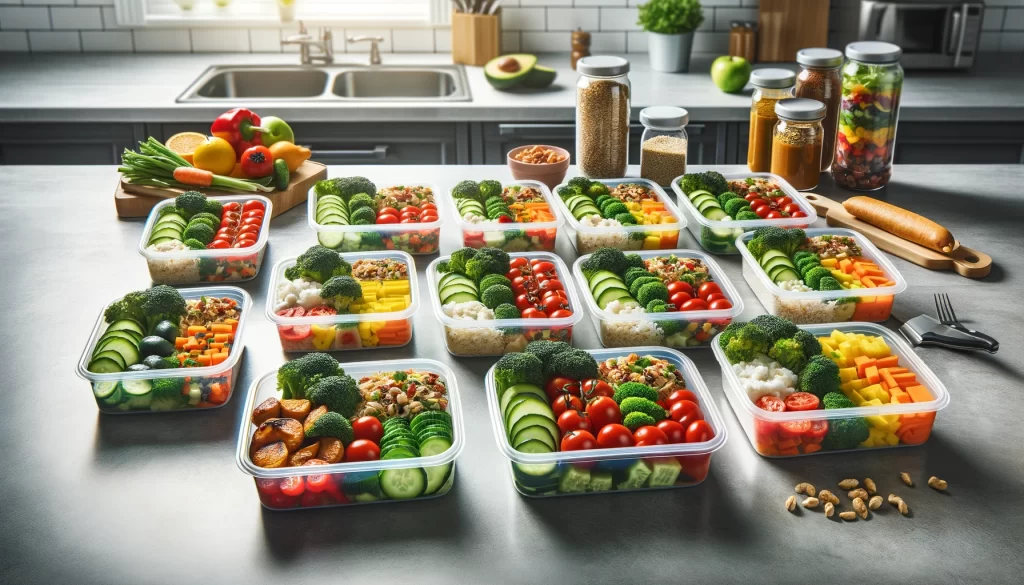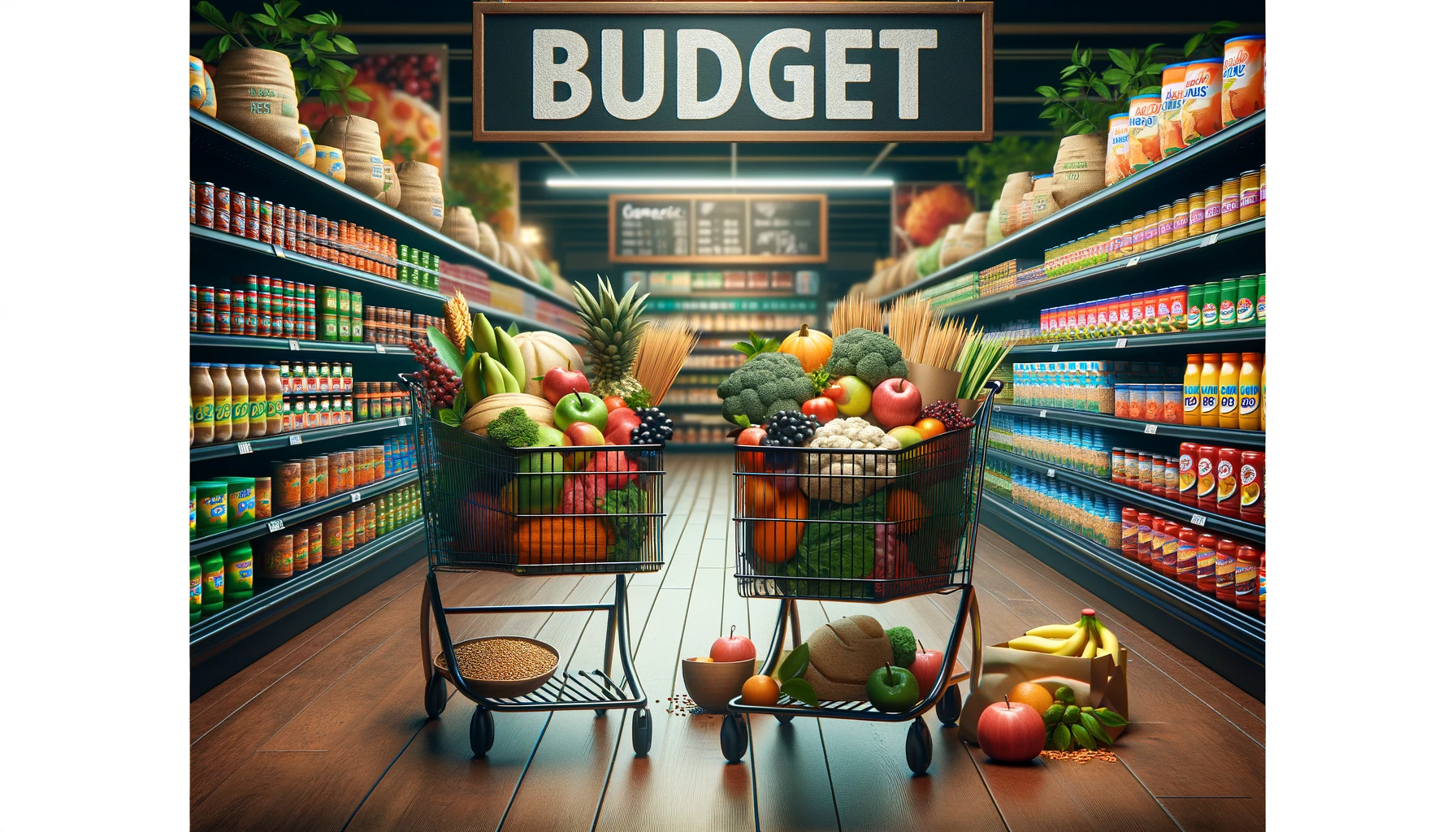Eating healthy on a budget is a common challenge for many families and individuals striving to maintain a balanced diet without overspending. With rising food prices and the allure of convenient but costly processed foods, it might seem like an uphill battle. However, with the right strategies and a bit of planning, preparing nutritious and delicious meals without breaking the bank is entirely achievable. This article provides practical tips on budget shopping, meal prepping, and cost-effective healthy eating that can help health-conscious readers enjoy a wholesome diet without straining their finances.
Budget Shopping: Smart Strategies to Save Money
1. Plan Your Meals
Start with planning your meals for the week ahead. This approach allows you to buy only what you need, reducing waste and unnecessary expenses. Use sale flyers and coupons to plan your meals around discounted items, especially for expensive ingredients like meat and seafood.
2. Buy in Bulk
Purchasing non-perishable items in bulk can save a significant amount of money. Whole grains, beans, lentils, and nuts are great options. Store them properly to extend their shelf life and enjoy the savings over time.
3. Choose Seasonal Produce
Seasonal fruits and vegetables are not only fresher and more nutritious but also more affordable. Visit local farmers’ markets or consider subscribing to a community-supported agriculture (CSA) box to get seasonal produce at a better price.
4. Opt for Generic Brands
Generic or store brands often offer the same quality as name brands at a lower price. Don’t hesitate to compare ingredients and nutritional information to ensure you’re getting the best deal.
Meal Prepping: A Time and Money Saver
1. Cook in Batches
Preparing meals in large batches and storing portions for later can save both time and money. Cook once or twice a week and enjoy homemade meals that just need reheating.
2. Use Leftovers Wisely
Get creative with leftovers to avoid boredom and waste. A roasted chicken can turn into chicken salad, soup, or tacos over the next few days, offering variety without additional cost.
3. Freeze for the Future
Take advantage of sales by buying extra and freezing for later. Many foods, including bread, cheese, and meat, can be frozen, extending their life and allowing you to enjoy them when prices are higher.

Cost-Effective Healthy Eating: Maximizing Nutrition
1. Incorporate More Plant-Based Meals
Plant-based proteins like beans, lentils, and tofu are not only healthy but also more affordable than meat. Try incorporating a few vegetarian meals into your week to cut costs and boost your intake of fruits and vegetables.
2. Make Water Your Drink of Choice
Beverages can add up quickly. Opting for water instead of soda, juice, or other packaged drinks can save money and reduce sugar intake. Infuse water with fruits or herbs for a refreshing twist.
3. Cook from Scratch
Processed and pre-packaged foods often come with a higher price tag and added sugars or preservatives. Cooking from scratch gives you control over ingredients and can be more economical and healthier.
Healthy meal planning on a budget requires creativity
Healthy meal planning on a budget requires creativity, flexibility, and a bit of preparation, but it’s definitely within reach. By shopping smartly, making the most of meal prepping, and choosing cost-effective ingredients, you can enjoy delicious, nutritious meals that support your health and financial goals. Remember, healthy eating doesn’t have to be expensive; it just needs to be well-planned.




